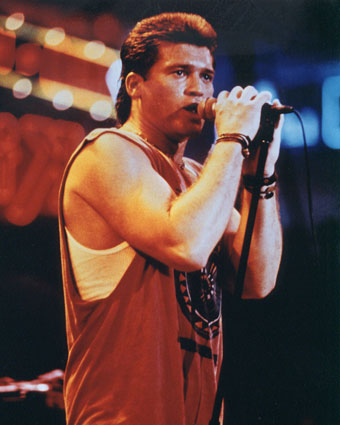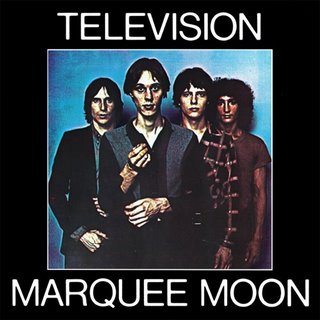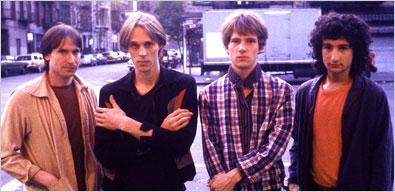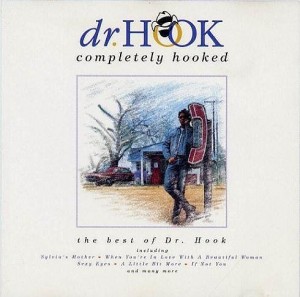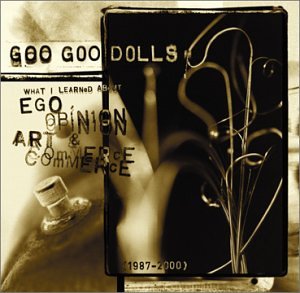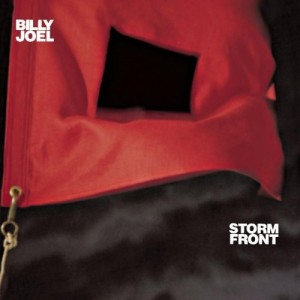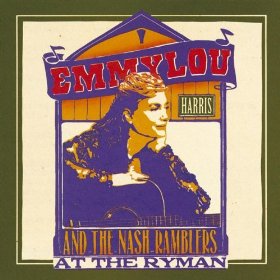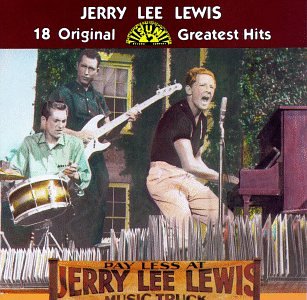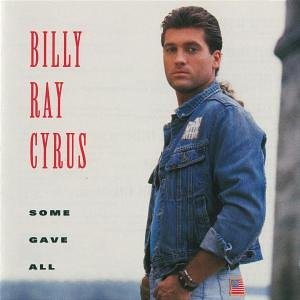
Billy Ray Cyrus' Debut Is Titled After The Words Of A Vietnam Veteran Named Sandy Kane
Billy Ray Cyrus’s debut was first issued in 1992, and more than 15 years later it still retains a couple of significant records such as being the top-ranking album by a country male performer, and (most notably) the best selling debut album from a male artist – more than 20,000,000 copies have been sold worldwide. Of course, it is the album that has “Achy Breaky Heart” – for my take on the song and the impact it had on Billy’s career I direct you to the general introduction I posted yesterday. Three more singles were drawn from “Some Gave All”, and they all did pretty well on the charts – “Could’ve Been Me” hit number 2, actually. The other two singles were “She’s Not Cryin’ Anymore” and “Wher’m I Gonna Live” (they charted at #6 and #23 respectively).
Before being signed up, the consensus was that Billy was too much of a rocker for Nashville and too much of a country performer for LA. Leaving aside the monster hit of the record, that is something which comes across when you listen to the album. The songs are either full-on country (the vast majority of compositions) or unbridled rock numbers. Personally, I feel these rock cuts are fantastic, and they are the ones that stick in my mind after listening to the CD. I am surprised that “Never Thought That I’d Fall In Love With You” was not issued as a single – Mercury probably though that issuing three harder-rocking compositions could be counterproductive. The fact is that the song has a great guitar part throughout, and a drum track that shifts from accompanying to leading in a snap, then reverts itself again. I like the song as much as the achy breaky one, and the fact it was never overplayed is just a big plus. Continue reading

